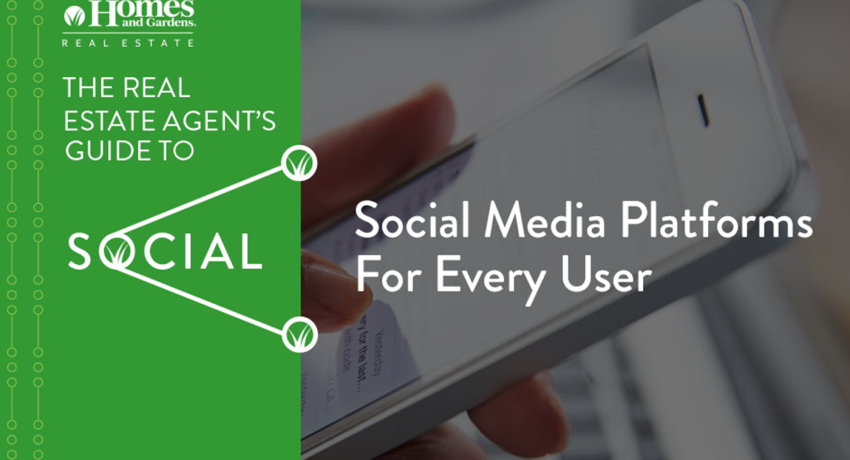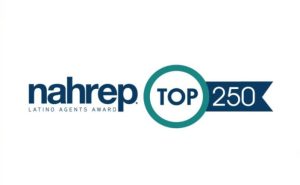Real estate professionals have an expansive list of social media platforms within easy reach, each offering its own way of engaging clients and sharing business-building information. Facebook, Twitter, Pinterest, Instagram, and LinkedIn, for example, are platform options with different uses for different audiences.
Among those platforms, Facebook surges to the top of the list among Better Homes and Gardens® Real Estate and Lumentus Social‘s The Impact of Social Media in Real Estate survey participants.
In terms of active social media users surveyed, the platform usage for business purposes is as follows:
- 98 percent: Facebook
- 66 percent: LinkedIn
- 58 percent: Twitter
- 37 percent: YouTube
- 34 percent: Instagram
- 32 percent: Pinterest
While some media channels may lag behind others in terms of use, real estate professionals are advised to appreciate the distinct contribution each channel can make to a particular need or opportunity. The strongest social media strategies tap into and optimize the individual strengths of each platform.
[easy-tweet tweet=”The strongest social media strategies tap into and optimize the individual strengths of each platform.” hashtags=”BHGRE” template=”light” url=”http://bit.ly/2gc9F2q”]
The chart below presents the most and least successful ways real estate professionals use the top social media platforms.
| Platform | What Doesn’t Work | What Works | Example of What Works |
| Making occasional, random posts without engaging with others. | Connecting with current and potential clients and using targeted advertising (best overall platform). | Effective Facebook Example | |
| Scheduling dated content or posting infrequently, which will interest and reach few, if any, prospects. | Identifying community influencers and consistently engaging with them for showing of-the-moment relevancy; pursuing outreach opportunities. | Effective Twitter Example | |
| Generating sales leads (more employment-focused platform). | Showcasing your professional experience, education, abilities and network strength. | Effective LinkedIn Example | |
| Including images that are not relevant or of interest to your audience(s), are poorly organized, or fail to represent the brand or to include needed links. | Demonstrating interest in lifestyle advice, inspirational how-tos, desirable products, and activities with aspirational images that feature detailed descriptions. | Effective Pinterest Example | |
| Featuring unappealing, text-heavy visuals and posting infrequently. | Capturing high-quality visuals consistently and presenting luxury features, current inventory, and distinct property characteristics. | Effective Instagram Example | |
| YouTube | Reposting business videos without any context or description. | Posting short-run videos consistently that share a common theme, such as staging tips and virtual home showings, and SEO (Search Engine Optimization) – friendly product descriptions for client discovery. | Effective YouTube Example |
| Blog | Blogging inconsistently and without a focus or theme | Posting original content consistently (weekly) and around a relevant theme to position yourself as an industry thought leader, and incorporating highly used search terms in your posts to help pages rank high during searches. | Effective Blog Example |
There are a number of emerging social media platforms—like Snapchat (mobile video and images shared for 24 hours or less) and Periscope (live video broadcast worldwide)—that are growing in both recognition and use across industries, especially by Generation Z, and will only increase in value each year. They are now being best considered and used by more social-savvy real estate professionals who are taking a proactive approach to their social media program and are interested in being—and staying—ahead of the curve.
Adopters of Snapchat can find traction in awareness and audience growth by sharing short video tours of open houses, behind-the-scenes office culture, and community or lifestyle tips to intrigue and engage followers. Followers interested in knowing more can privately and easily send a Snapchat message to the original Snapper.
To find the guidelines for taking advantage of social media resources, download The Real Estate Agent’s Guide to Social Media whitepaper here.








